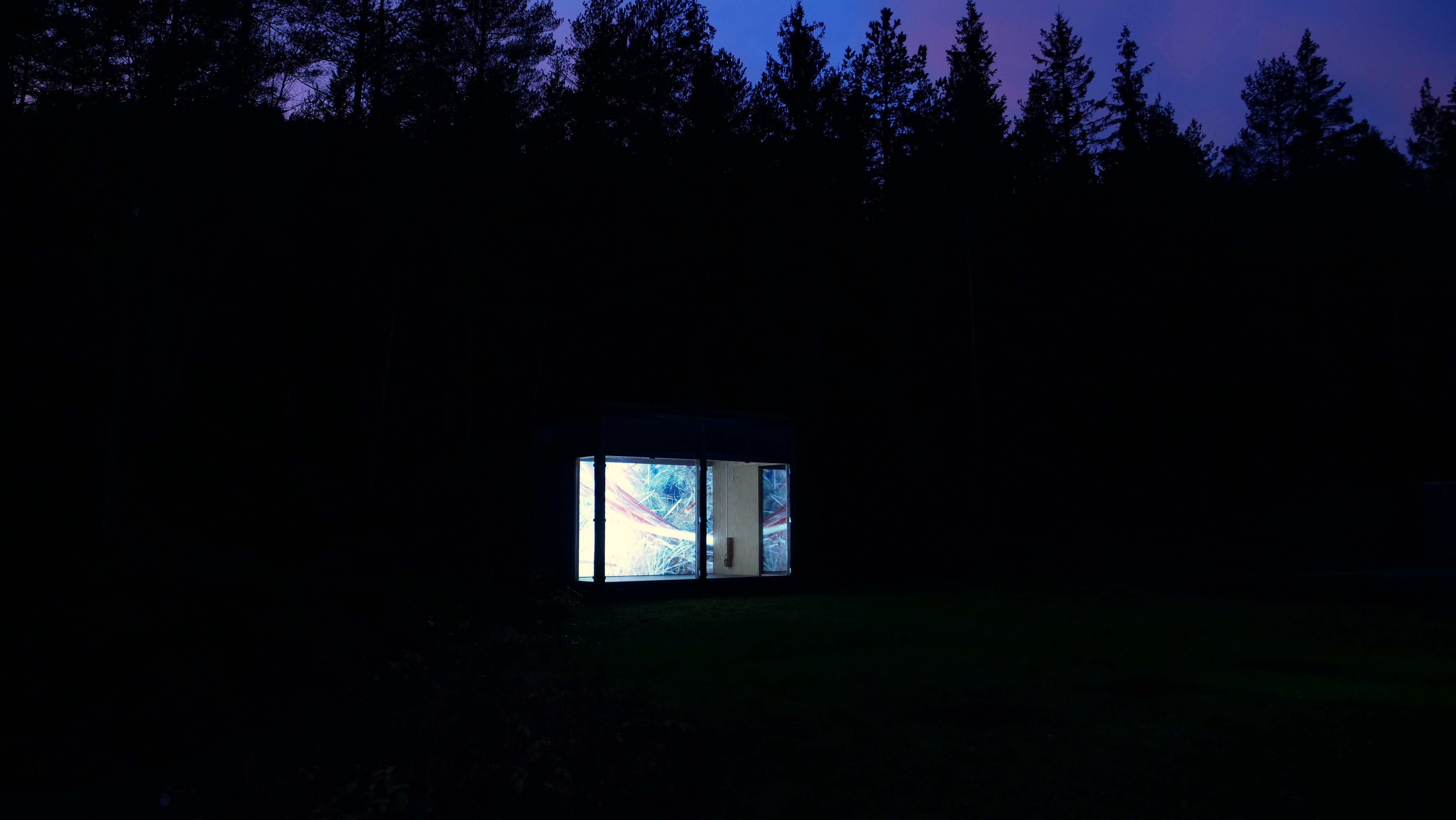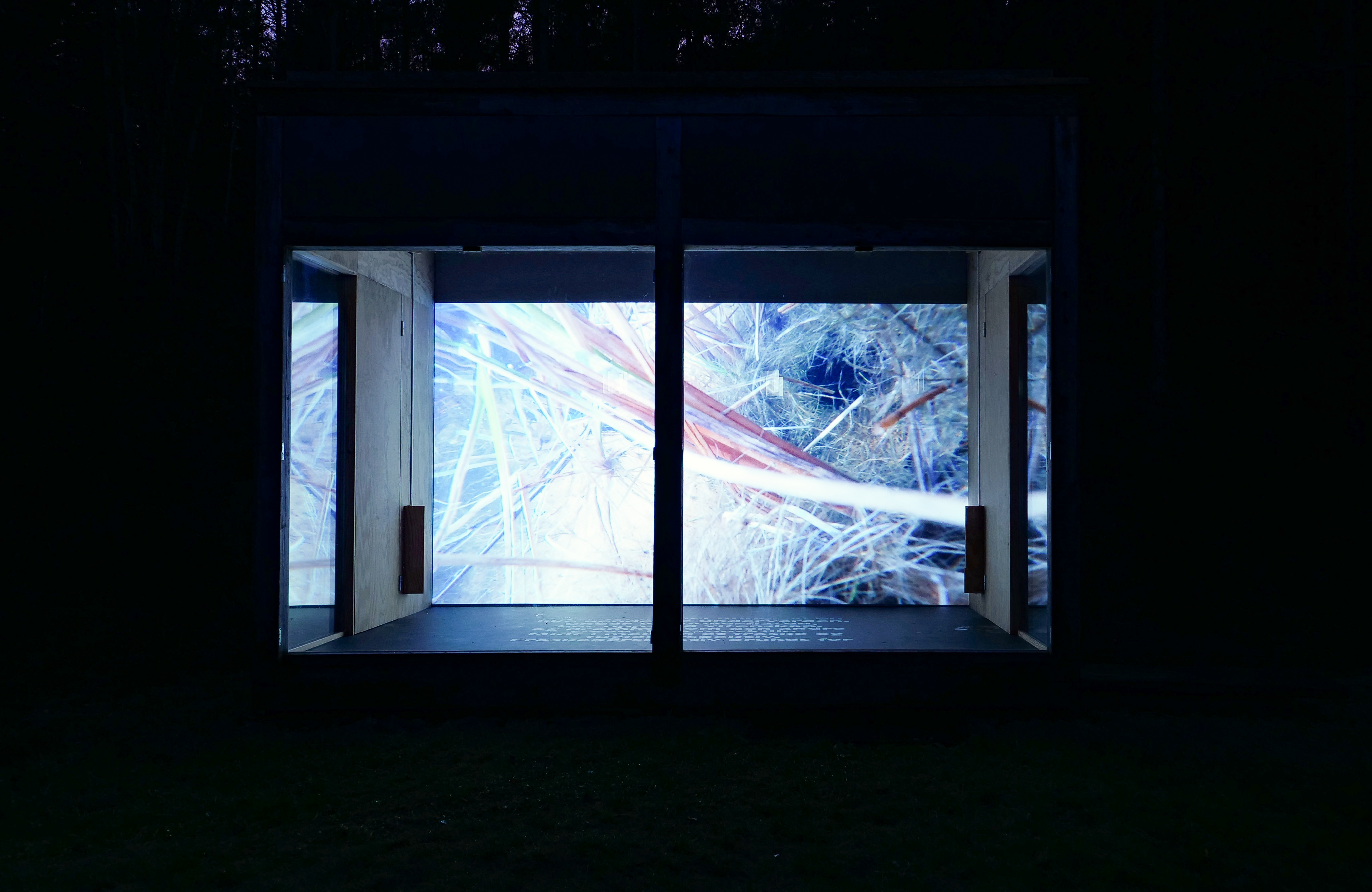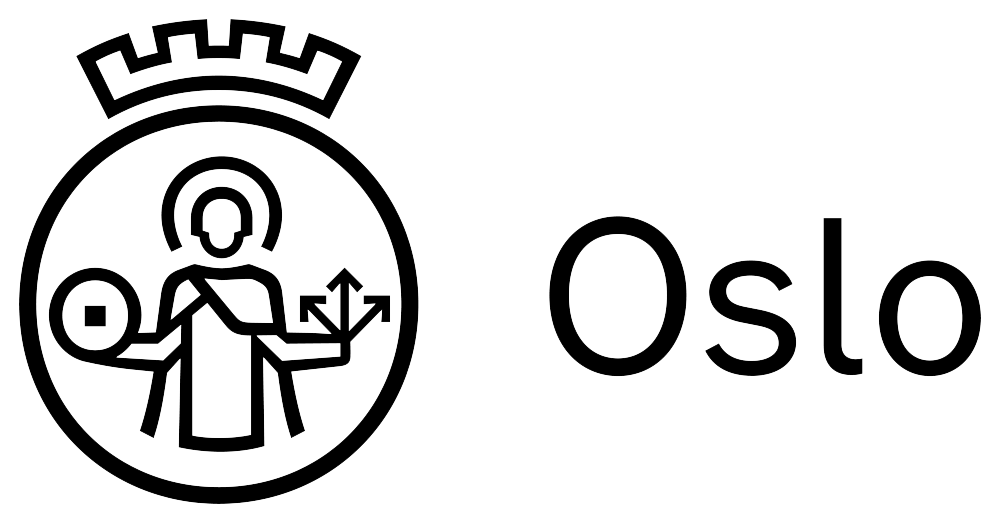Helene Sommer
En våtmarkskrønikeCurated by Helene Sommer
Jane 2021/5, November
En våtmarkskrønike (A Wetland Chronicle) is based on a small wetland area, consisting of two ponds, a stream and bog that lay in the immediate vicinity of the Jane pavilion in Maridalen, where the exhibition takes place. The project has been under development for the better part of this year. It is a result of a poetic mapping of the wetland, using an underwater camera and hydrophones over several seasons, from February to November. The exhibition space is filled with underwater footage that can only be viewed from outside the pavilion, through its large windows - as in a diorama. The visual composition is accompanied by a text scroll on the floor of the pavilion and a soundtrack of life underwater, including movements of the camera, along with excerpts from music soundtracks from historical underwater films.
The title En våtmarkskrønike presents a project situation: two ponds, a bog and a stream that connects them are revisited in the pavilion through reflections that highlight past perspectives. Together, they are at once the subject matter, a course of action and the exhibition site for Helene Sommer’s uncoverings, ones that only come into view from dusk to dawn, through the windows of the pavilion.
This, in many ways modest biotope, reflects large and small narratives; both biological, historical and political processes. The area where the showroom is located has a long history, from housing, among other things, gunpowder production and a military compound, to being a popular hiking area in Nordmarka today. One of the species that lives in this area is the common frog. In terms of evolution, amphibians are interesting because they represent the transition from water to land. The wetland is a kind of hidden archive and laboratory where the environmental conditions are tested and manifested for better, or worse. Wetlands themselves have been the subject of countless myths and legends through the ages. They were once seen as the gateway to the other side, as mysterious and often a little scary; bogs devoured humans, monsters lived in ponds and frogs were both midwives and princes. Wetland areas are known to be rich areas biologically, they store large amounts of carbon and we are therefore dependent on them.
The window in the showroom is itself a reference to the optics of underwater filming, optics that give an idea of what is not visible. When filmingunder water became possible, it was about a new fringe zone of undiscovered geographies, about the depiction of the imaginary, and a desire for adventure intertwined with science. The technology and algorithms that enable the depiction of this microcosm are far from neutral or separate from our bodily and human gaze. They are all active agents in a complex synthesis that constitutes the human-nature relationship, both political and historical.
Along with the video is a continuous scrolling text, a kind of stream of consciousness which tells a story, a chronicle about this place. The text touches on everything from frog perspective, military history, rumors, legends, mythologies, camera and underwater optics, nymphs, algae and surveillance. On reading it, one may ask who observes whom.






